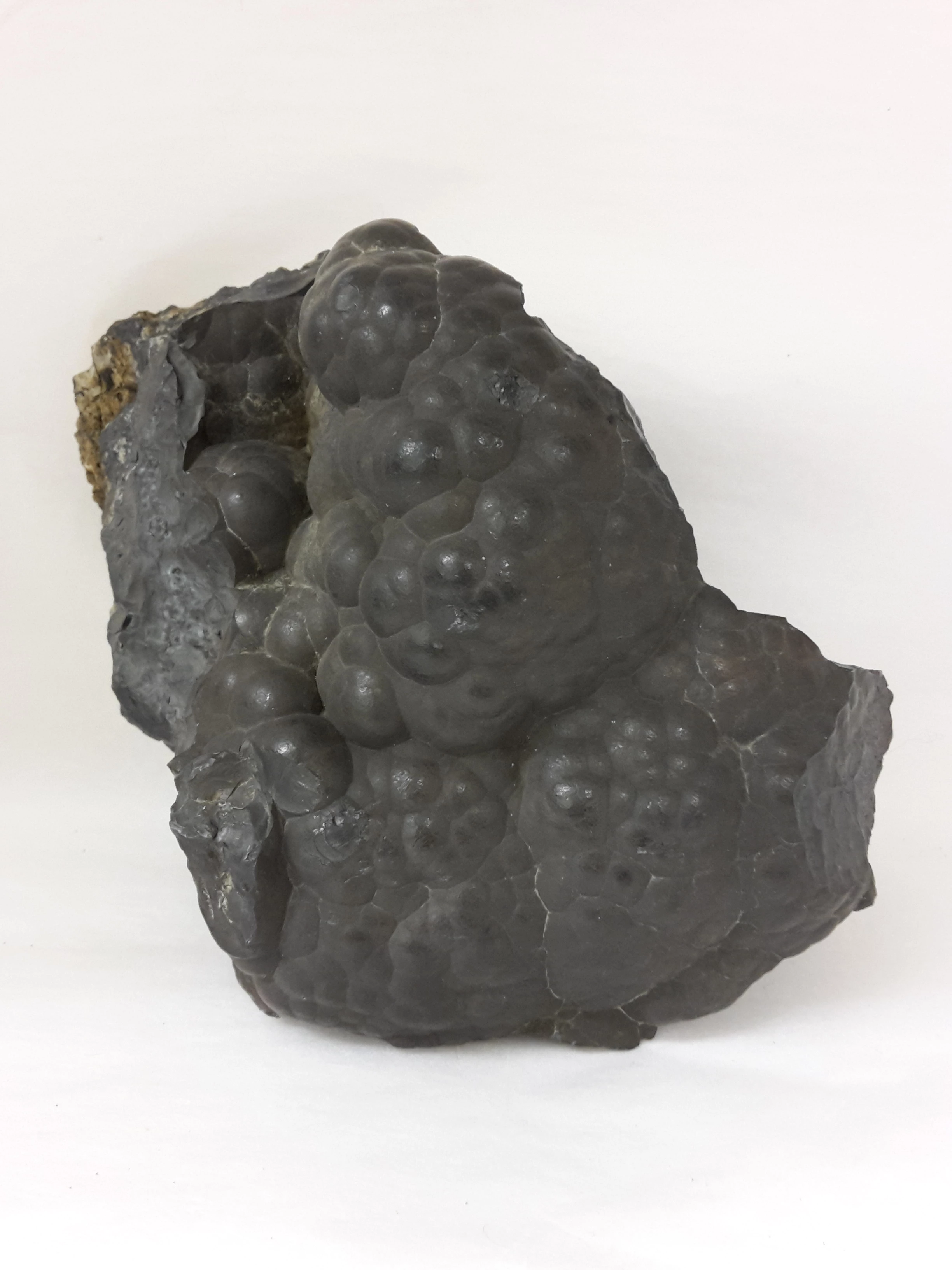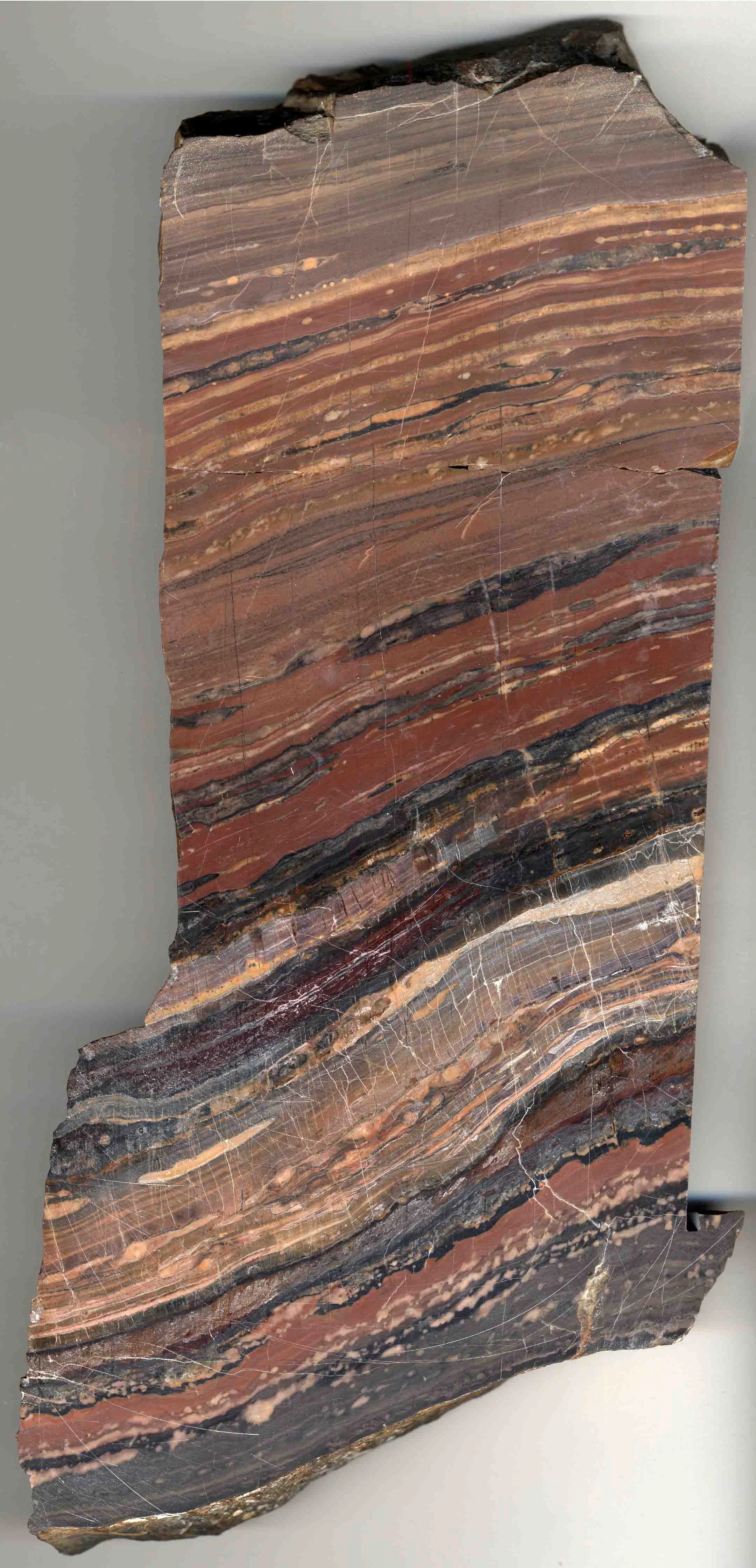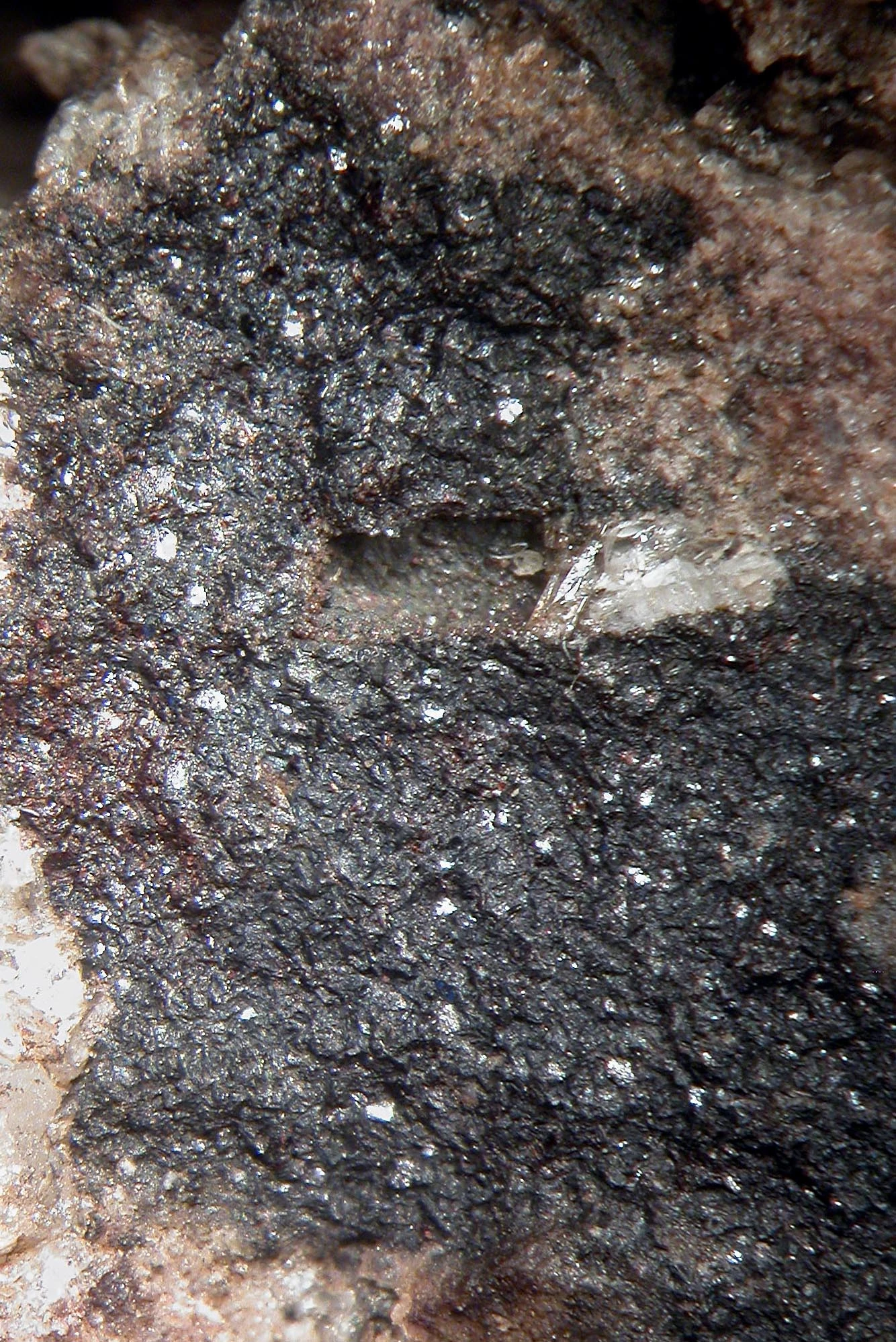United Nations international year of the periodic table of chemical elements: February - manganese
, 8 February 2019
Continuing the international year of the periodic table of chemical elements for February we have selected manganese. For some, this would not be an element which automatically springs to mind when one thinks of Wales, but, its importance to Wales, and indeed the British Isles, should be highlighted.
Manganese (chemical symbol – Mn), atomic number 25, is a metallic element which in nature is always combined with other elements in what scientists call compounds.
Long before the year 1774, when pure manganese metal was first isolated and identified as a new element by the Swedish chemist Johan Gottlieb Gahn, compounds containing manganese had been identified as being very useful in industrial processes. Indeed, ancient civilizations such as the Egyptians and Romans are known to have used manganese dioxide in the decolourizing (bleaching) of glass.
In Wales, manganese oxides occur in a number of different geological settings but they were not sought until the early years of the nineteenth century when the more convenient deposits in England ran out. Due to the limited supply of manganese oxides the glass-making industry searched further afield and into more remote parts of British Isles including parts of north Wales.
By the 1840s black manganese oxides had been identified, and mined, from Barmouth and Arenig in Merionethshire, and Rhiw and Clynnog Fawr in Caernarvonshire. In all cases the deposits were small and relatively unproductive, but for vastly different reasons.
In the cases of Barmouth and Rhiw the rich soft black manganese oxides found at the surface changed rapidly into a hard, flinty, rock within just a few tens of metres below the surface. In both situations the hard underlying rock had no known use and the mines were abandoned, but this was not the end of the story.
The earliest record of manganese mining in the Arenig area dates to 1823 when royalties were paid for manganese from the “Llanecil mines” – Llanycil being the parish within which Arenig is situated. Mining continued intermittently at a number of mines and trials in the area until the early twentieth century. The black manganese oxides occur within steeply dipping narrow fractures known as veins that cut through ancient, Ordovician-age, volcanic rocks – known as ash-flow tuffs. Mining of steep narrow veins necessitates the driving of tunnels and the sinking of shafts which makes for high costs. Considerable investment was made at some of the mines, but the overriding problem was the distance that this material had to be transported to get it to its marketplace at glassworks in St. Helens, near Liverpool and elsewhere in England.
In all only a few hundred tons of ore was sold, but it was always regarded as high quality – containing over 70 % manganese oxide. Mineralogically, the ore was described as ‘psilomelane’ – a term applied to any uncharacterised hard botryoidal manganese oxide. Modern analytical studies have shown that it consists primarily of repeated layers of cryptomelane and hollandite (potassium manganese oxide and barium manganese oxide respectively).
At Rhiw manganese was first discovered in 1827. It was tested and found suitable for the manufacturing of bleaching salt. Samples were sent to companies in England, Scotland, Ireland, Germany and Russia and in the 1850s shipments were being made to Liverpool and Runcorn.
During the 1930s manganese oxides from Barmouth were reputedly shipped to Glasgow for the bleaching of glass, but the deposits were very limited and within a decade were exhausted.
As is so often the case scientific advancements create new opportunities and find uses for previously worthless materials. This was exactly the case with the hard, flinty, rocks found beneath the superficial layer of black manganese oxides near Barmouth and at Rhiw. At Barmouth, it was discovered that the hard rock is a layered sedimentary rock formed at the bottom of a deep sea during Cambrian times approximately 520 Million years ago. It contains 28 % manganese but in the form of silicates and carbonates which are of no use for glass making. However, during the early 1880s it was realised that this hard manganese-bearing rock was a perfect additive for blast furnaces in order to produce a high-strength manganese-steel.
One of the stages of this process involved creating alloys of iron and manganese of known proportions. The museum has examples of the different ‘grades’ of ferromanganese from a small collection assembled by William Terrill (1845-1901) who was a chemical assayer in Swansea.
Mines opened rapidly right across the Rhinog mountain range, inland from Barmouth and Harlech, exploiting a 12-inch thick bed of manganese-rich rock. By autumn 1886 four mines were producing a total of 400 tons of ore weekly, and by 1891 a peak of 21 mines were operating. The importance of this industry led to an extensive network of tracks being constructed across some of the roughest terrain in Wales. The mines themselves developed unusual techniques for extracting the often shallow dipping ore-bed underground, in large ‘rooms’ with pillars of ore left in place to support the roof. Waste rock was stacked neatly on hillsides outside the mine workings in a manner not seen anywhere else in British mining.
However, the low grade of the ore could not compete with foreign supplies. Consequently the mines started to close with the last one ending in 1928. In all, 101,000 tons of ore was produced from these mines. The black manganese oxides first worked at Barmouth represented a thin oxidation crust formed during the 11,000 years since the end of the last ice age by the alteration of the manganese carbonates in contact with rainwater and air.
On the Lleyn Peninsula the mines at Rhiw grew to be even more important. Here similarly, the black manganese oxides merely represented a surface alteration of a much more significant source of manganese underneath. Geologically different, the Rhiw mines are hosted within Ordovician-age marine sediments associated with episodes of volcanic activity. Intense faulting and fracturing of the rocks during Lower Palaeozoic times split the sedimentary ore-bearing horizon into blocks, and deep burial in the Earth’s crust resulted in metamorphism converting the constituent minerals into many exotic compounds. The ore blocks are now far removed from each other making this one of the most geologically, and mineralogically, complex mining areas in the British lsles.
Combined, the Benallt, Rhiw and Nant mines produced over 160,000 tons of manganese ore during the first half of the 20th century - far exceeding that of any other region in the British Isles. However, it should be remembered that much of the cost of mining during that period was subsidised because of the strategic importance of manganese during war time.
The manganese occurred mostly in the form of silicate and oxide minerals many of which are quite unusual mineral species. One of them – a manganese-rich chlorite group mineral – was first discovered at Benallt mine in 1946 and is named pennantite in honour of the famous Welsh naturalist, Thomas Pennant (1726-1798).
Another unusual mineral found in the orebodies at Benallt mine is jacobsite – a manganese iron oxide. Jacobsite is one of the few manganese minerals that is magnetic. Knowing this the Ministry of Supply, who operated the mine during the Second World War, trialled magnetometry surveys as a method of identifying ore deposits hidden underground. This technique had never before been used in Britain for looking for manganese, but proved very successful. The silica-rich ore from the Rhiw mines was shipped from a pier at Porth Ysgo to Ellesmere Port where it was taken by rail to the blast furnaces at Brymbo Steel Works, Wrexham.
After the war, financial support for the mine ceased and it closed. In 1960 aeromagnetic traverses were flown across the southern Lleyn Peninsula. Further ground-based magnetic surveys were conducted during the 1970s and 1980s which identified small, uneconomic, areas of manganese mineralization.








